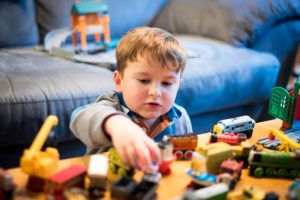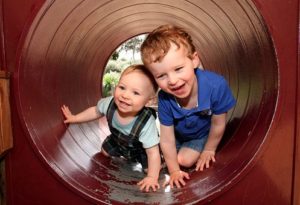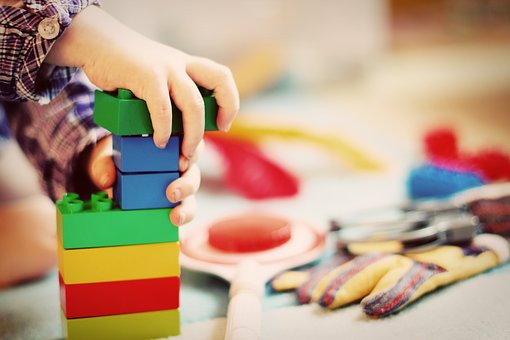Reading and play are both essential parts of childhood. They are activities which every child needs and has a right to. They also impact each other in a positive way. How does this interaction work, and how can you make it work in your child’s favor?

Reading Enhances Different Areas of Your Child’s Development
Both reading and play cause a child to grow in many areas. Reading enables a child to become a better communicator as their vocabulary expands, which in turn helps that child to interact with other children during their moments of play. It also enhances their self-discipline and concentration, which brings a level of awareness to their interactions with others which can help them with sharing and taking turns.
Play brings health to both the body and mind. If you want your child to become an individual who loves reading, play should be a crucial part of their daily lives. It releases negative energy and helps children to relax, which makes reading a more enjoyable activity.
Reading and Play Are Both Stimulating to Brain Development
Both reading and play stimulate brain development. Through both, your child will become more knowledgeable about the world around them and will then be able to apply it in a “hands-on” way. A child will expand their vocabulary while reading, and then learn how to use it in conversations during moments of interactive play with their friends.

Reading and Play Helps Children to Focus
Reading and play are two activities that support each other. They bring balance to each other and help children when they are engaged in other activity. Play helps a child to release their energy in order to be able to sit down calmly and focus on reading. Reading gives children ideas about new things they would like to try and helps a child not to become bored while engaged in play.
Play Supports Intellectual Skills
Physical activity brings oxygen to the body and the brain, therefore encouraging the building of intellectual skills. Brain growth is stimulated by aerobic exercise and a child who plays regularly is more likely to have the ambition and necessary focus that allows them to read better.
Free play supports the cerebral cortex’s growth, as well as a child’s learning and memory. Even non-strenuous play can be beneficial. For example, it has been shown that children who play with blocks develop a variety of cognitive skills, and games have long been known to stimulate many of the brain’s pathways.

Reading Supports Creative Play
Reading for pleasure helps a child to think outside the box. A wonderful world awaits them in the reading of creatively written books and this creativity expands to playtime. Reading allows your child to consider things they may not have thought of otherwise and makes play more enjoyable for them and their friends who benefit from their enhanced creativity. This gives them confidence in both areas.
No one can dispute how much of an impact reading and play have on each other. They both stimulate common areas of the brain and complement each other with their unique ways of doing so. Encourage your child to read and play. You will find that both areas and many others experience tremendous growth.
